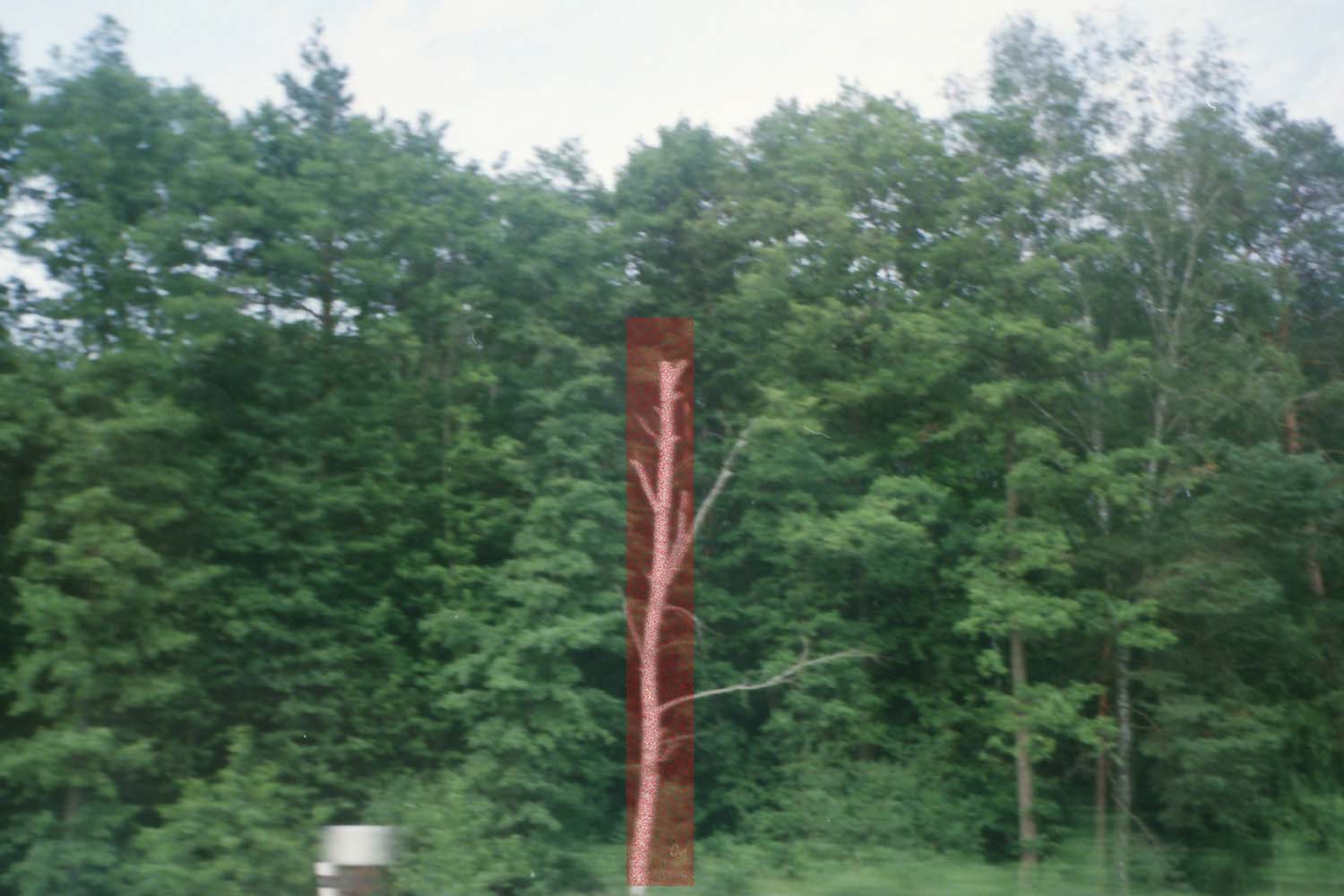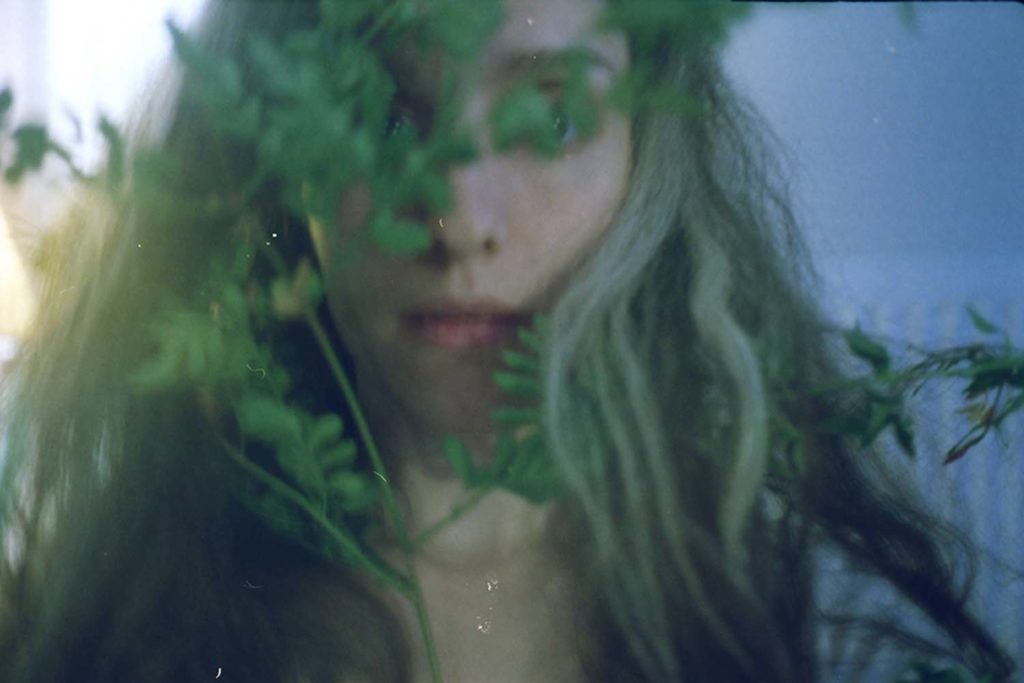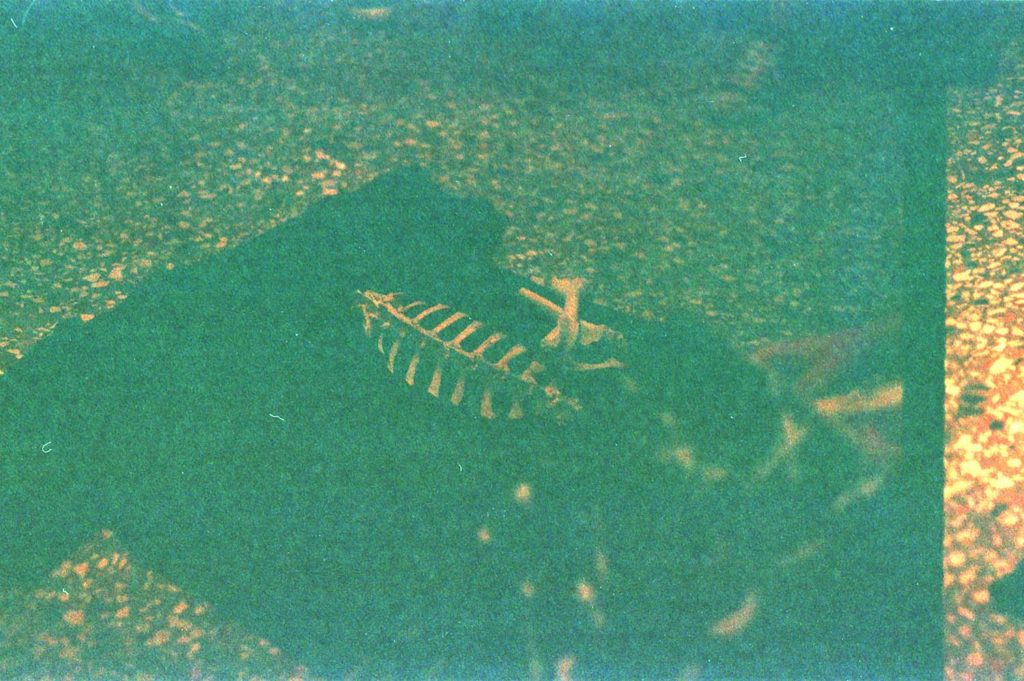When people talk about depression and stressful events in their lives, there should be someone listening. Sometimes the burden of such feelings is so intense and unbearable that some people just can’t move on. They lie still in a snow bed they made for themselves, ready to disappear and vanish in darkness, in a lifeless pause. Snow Bed, Georgia’s latest series, is an attempt to describe her own darkness, to share non-verbally these feelings and self-destructive thoughts or actions. Finally, it is an attempt to mourn, accept and move on.
Following your work for at least four years, I can remember that you use a lot of self-portrait in your series. This time, I think you preferred to experiment with more elements that are connected in a concrete sequence. Can you tell us about this change, if it exists?
That is right. I decided to combine different elements in Snowbed, such as archival photographs and x-rays or even Polaroids, which in my mind, further augment the personal experiences perspective. Sometimes, when a person has to talk about themselves, they have to look outside to internalise; this is what I did.
Would you say that your approach in image making is instinctive? Do you get attracted by the physical aspect of things and how your familiar people interact in daily lives?
Well, this is what I mainly do. I interact with my beloved ones and they do too. Thus my pictures are taken; even the staged ones. When I photograph I don’t overthink, it feels like following an invisible thread, you call it instict and maybe it is. I get involved with feelings and dreams all the time so these things are more than apparent in my pictures.
In Snow Bed, as well as in your previous works, you are interfering with the place of women in modern society. If I ask you to do a brief recursion in the history of photography, which related pieces would you pick as the most significant?
The first one that I can recall is photographs by Diane Arbus. Her approach and purpose of giving a clear picture of the marginalised people was unique. Francesca Woodman’s self-portraits give us a perfect example of body sexuality. Her gaze was that of an artist that was not afraid of exposure and that is why she was so authentic. Ana Mendieta is an artist that I admire; a modern witch that left her silhouettes haunt us forever even after her death. I also like and consider very important the work of Dragana Juricic. On her 100 images she photographs 100 nude women in such a noble and honest way. She embraces their insecurities while the whole project captures the woman’s place in modern society in an empowering manner.
You seem to like taking photographs that are associated with the diary narrative. How do you achieve making personal images that have universal aspects?
Pictures just hapen as life does. I cannot say that my pictures have a universal aspect but I am glad that you do say that. Sometimes, my concern is that I have nothing to say at all and this is frustrating.
What is the proper way to present Snow Bed to the public?
Snowbed is the story of a woman who has a tidy life but at some point she neglects to actually live and this leads her to a desperate act. I am in the process of making a zine with pictures and texts, but my further intention is to exhibit Snowbed in a gallery together with a small installation that I have in mind.
Usually I try to avoid asking questions about photography techniques, but it probably does make sense in this project. The viewer can see occasional dust marks on your images· an apt example is the picture which reveals a hook in your hand. Why do you select this raw format?
I am raw and I have many flaws, so my pictures deliver these characteristics of mine. In a way, showcasing these flaws may be perceived as a fetish. I love watching impeccable pictures, but I can’t make them and I don’t want to put effort on doing so.
You work and live in Greece, a country in which many photography initiatives appeared in the last decade, such as festivals, collectives, publishing efforts. Can you give us your point of view on this evolution? Why did it come up later than other european countries?
The delayd evolution in the field of arts in Greece can be seen as a result of the economic crisis. When artists struggle to make ends meet, they cannot be productive and make art. But eventually, they rose to the challenges and problems, made groups, art hubs and collectives, diy workshops. This idea of collaboration and support is what makes art strong again. And since the state does not do much to support artists, they have to be resourceful.
Please share with us some of your favorite photo books that you have revisited in the last few days in quarantine. Likewise, would you do the same for music records?
Household inventory record by Robert Frank, War Primer 2 by Adam Bloomberg and Oliver Chanarin, Family by Masahisa Fukase.
I didn’t listen to music at all, which is strange. I can mention a few books though : A chronology by Diane Arbus, Art and Globalisation by Angela Dimitrakaki, Drapetomania by Yianna Bukova and poems by Alexis Traianos.
(The title, “Snow bed”, is borrowed from a poem of Paul Celan, “Schneebett”)
More on her website


















